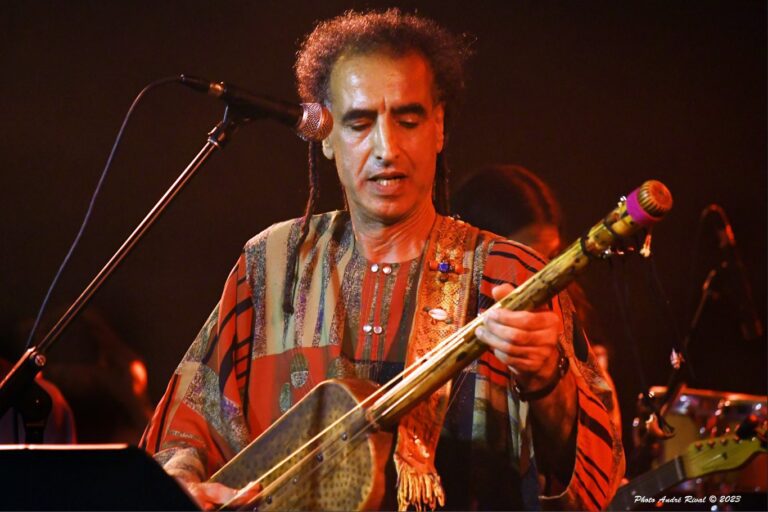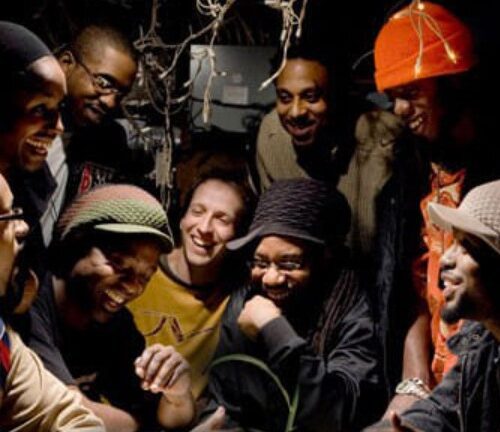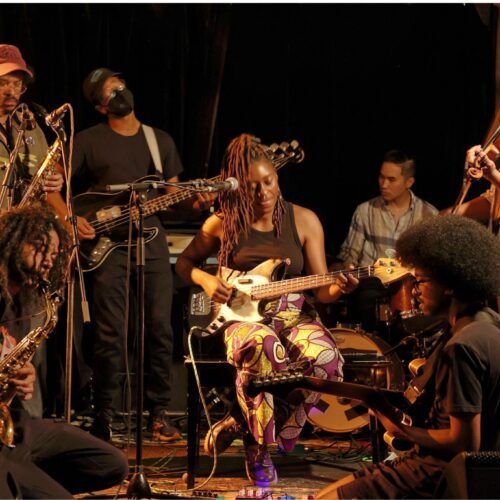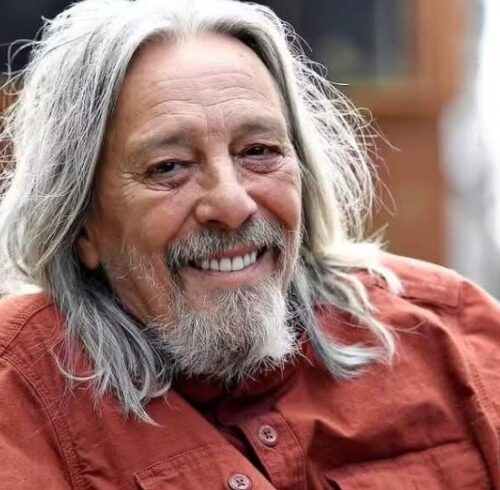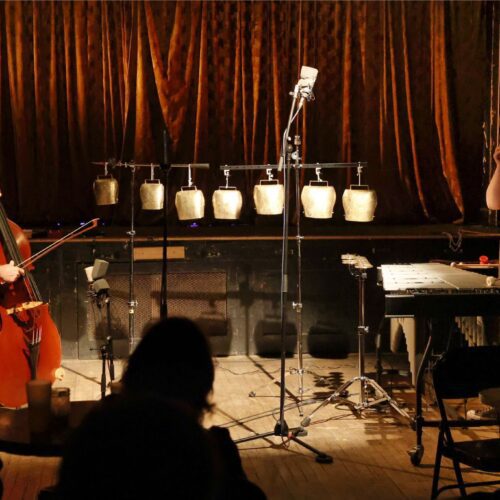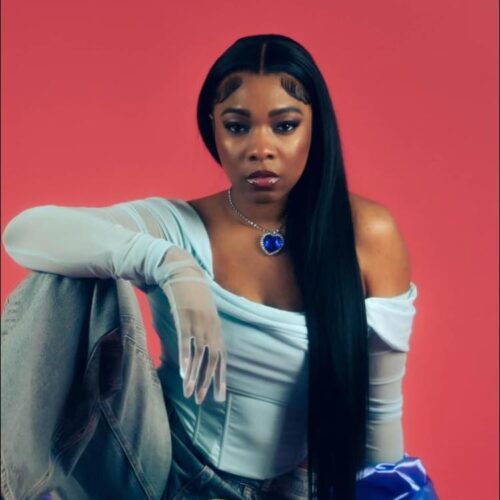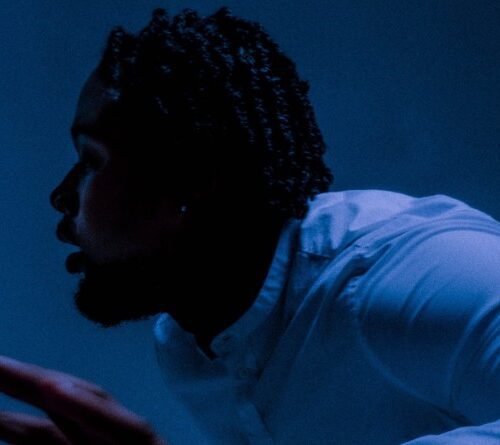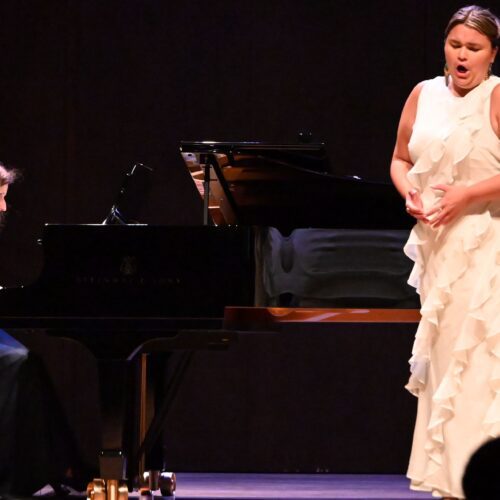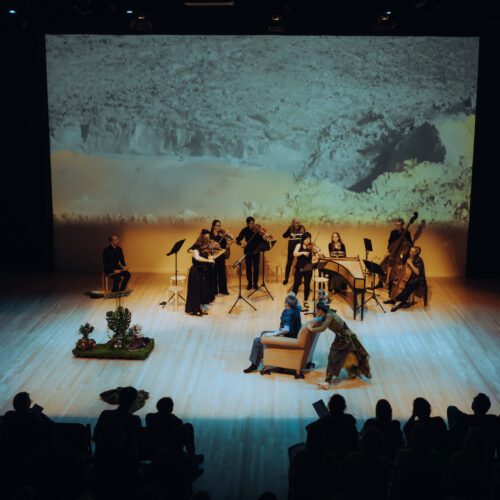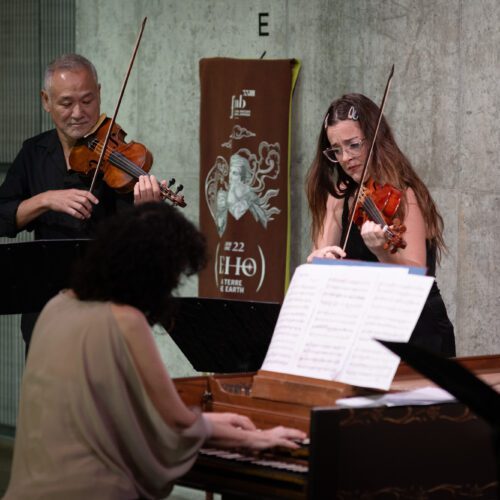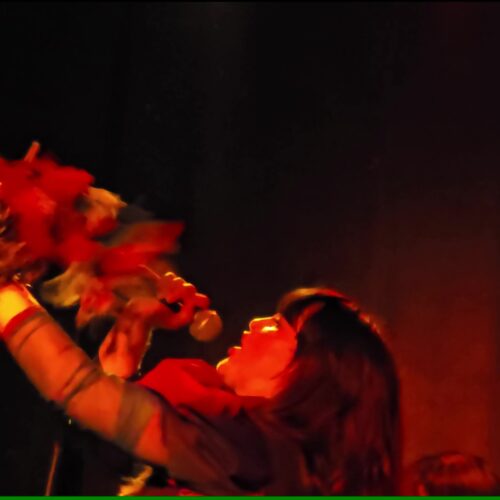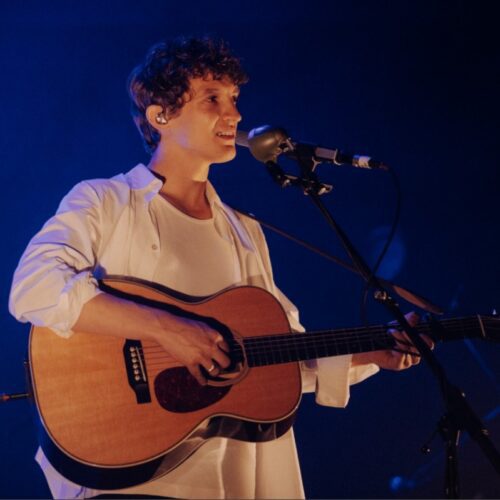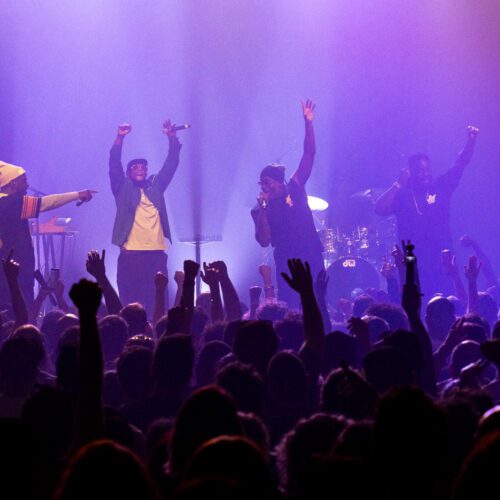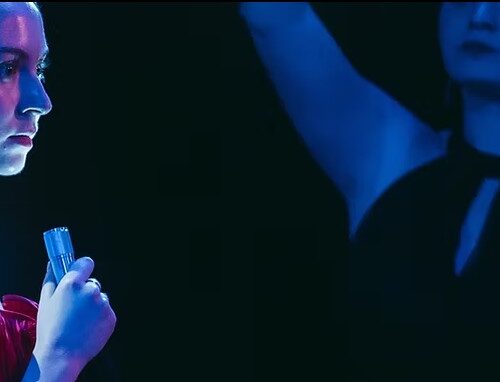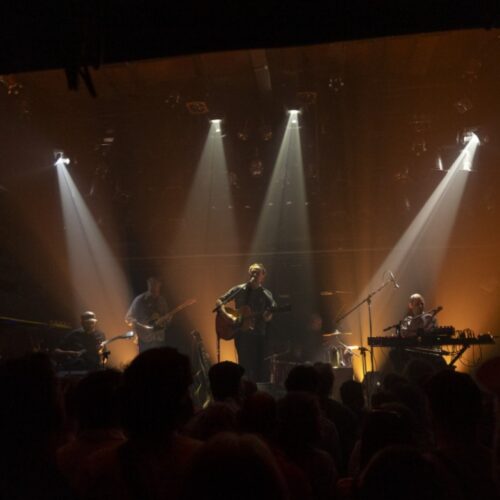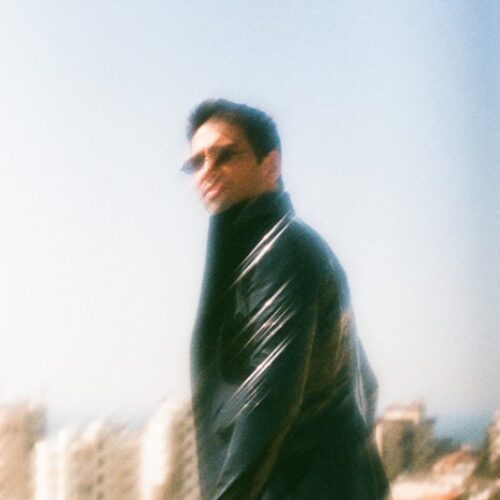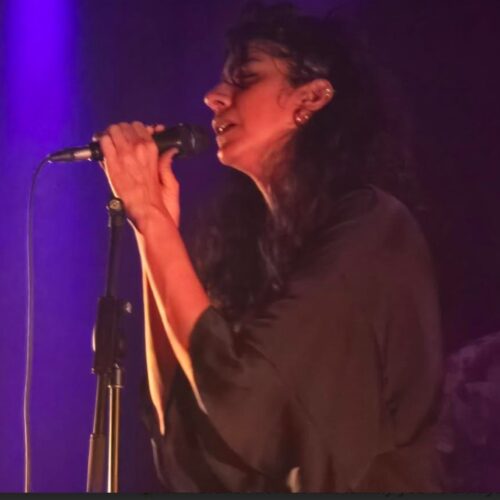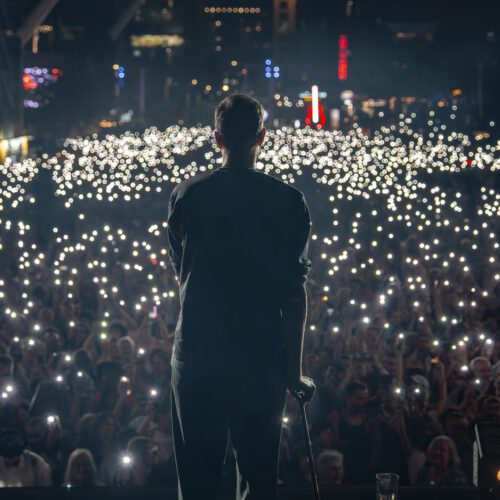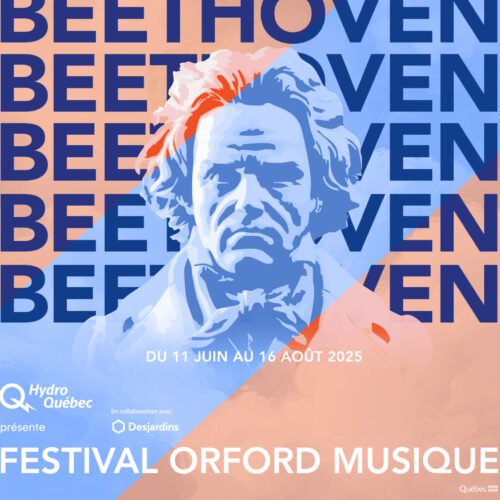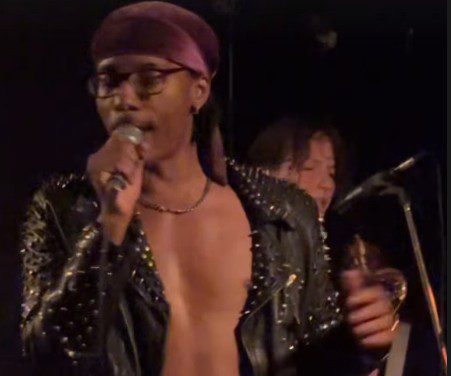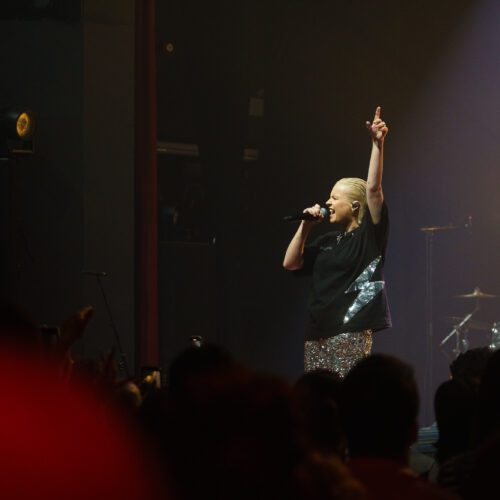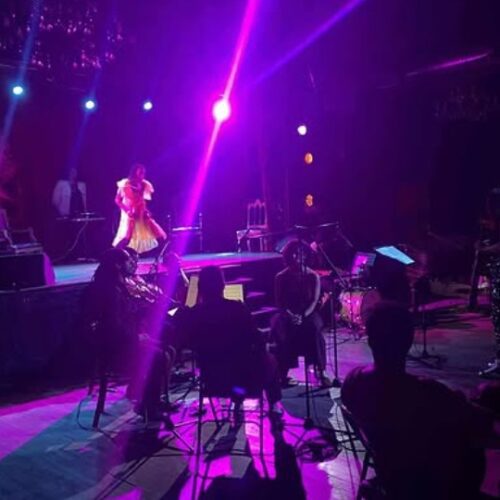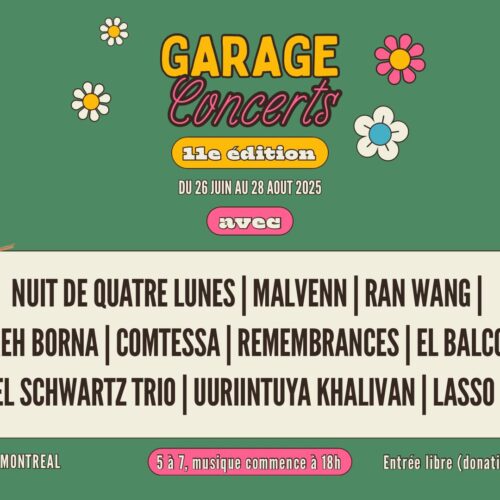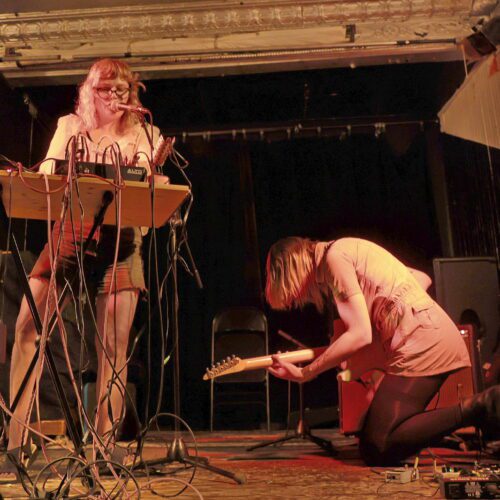The PAN M 360 team has a strong presence at the Festival international Nuits d’Afrique (FINA), with our contributors reporting daily on what they’ve seen and heard at the concerts presented in Montreal until July 23.
Kaleta & Super Yamba Band: Back to the Future of Afrobeat… With Lots of Juju!
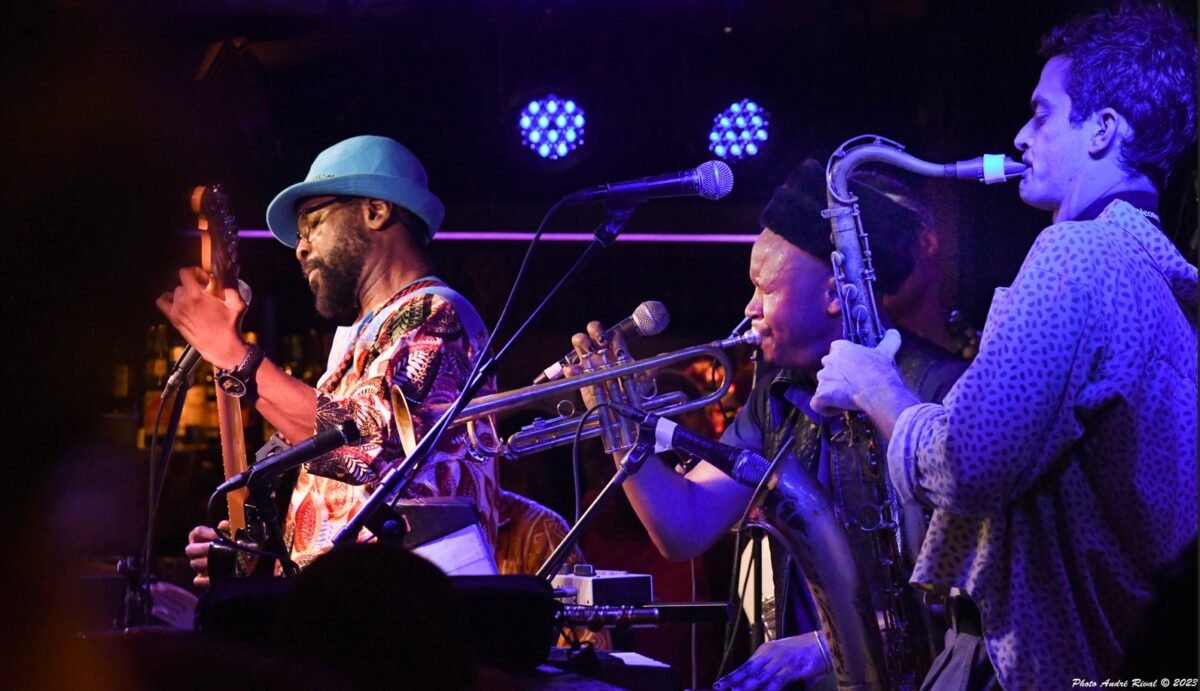
Photo credit: André Rival
It was an epic Saturday night at Balattou, with the Montreal debut of New York’s Kaleta & Super Yamba Band.
The septet’s DNA is infused with Afrobeat, soul and funk, but also with a lot of juju, a style created in Nigeria in the 1920s, then developed by legendary artists such as Tunde King and Tunde Nightingale, and ultimately the precursor of Afrobeat. Percussive, twirling percussion, volatile guitar, bouncing bass and spectacular winds (trumpet, baritone sax, flute) plunged the Montrealers in attendance into an authentic vintage ecstasy worthy of a Lagos club circa 1970.
The band’s charismatic leader, Kaleta, is a spiritual son of the great King Sunny Adé and turned up the heat as the hours wore on. At first, you’re taken aback when you hear the first James Brown-esque scream coming from this seemingly gentle, reserved person. But the more you hear, the more you want more. Super Yamba Band is, yes, an afrobeat/juju band, but, coming from Brooklyn, you’re bound to notice the wind-instrument musicality.
Walter Fancourt and Sean Smith are accomplished jazzmen, and their technical and sonic mastery is never approximate, even if the notorious imperfections of the horns in vintage bands had a great charm. The audience’s reception was equal to the task. Kaleta, Super Yamba Band and Montreal were made to get along, and we’re guessing this premiere won’t be the last.
Frédéric Cardin
Saïd Mesnaoui’s Healing, Celebration and Gnawa Innovations

Photo credit: André Rival
Said Mesnaoui and his sprawling ten-piece band put on a show that was testament to the redemptive power of Gnawa music. Armed with his trusty guembri in hand, the traditional three-stringed lute native to Morocco, Mesnaoui played to an eager bunch of concertgoers, young and old, from far and wide, at the Theater Fairmount.
It did not take long before the hypnotic effect of Gnawa began to take hold on most of us. The triplet grooves of the qarqaba, metal castanets, gracefully merged with the incorporation of electric guitars, keyboards, drums, adding layers of depth and texture, pushing the boundaries of the Gnawa genre while maintaining its core essence. The fusion of Gnawa’s ancient melodies with flavors from jazz, rock, blues, and even some reggae, created a wonderfully unique experience that Said has done well to hone into.
Beyond the musical spectacle, the musicians all exuded a sense of spirituality and unity that is deeply rooted in Gnawa culture. The lead singer’s soulful voice soared, carrying messages of resilience, love, and healing. The captivating call-and-response interactions between the musicians and the audience created an atmosphere of collective celebration and joy, and the mood was very festive indeed.
Varun Swarup
In the Hot Springs of Sound System With WWSS and Jah Observer
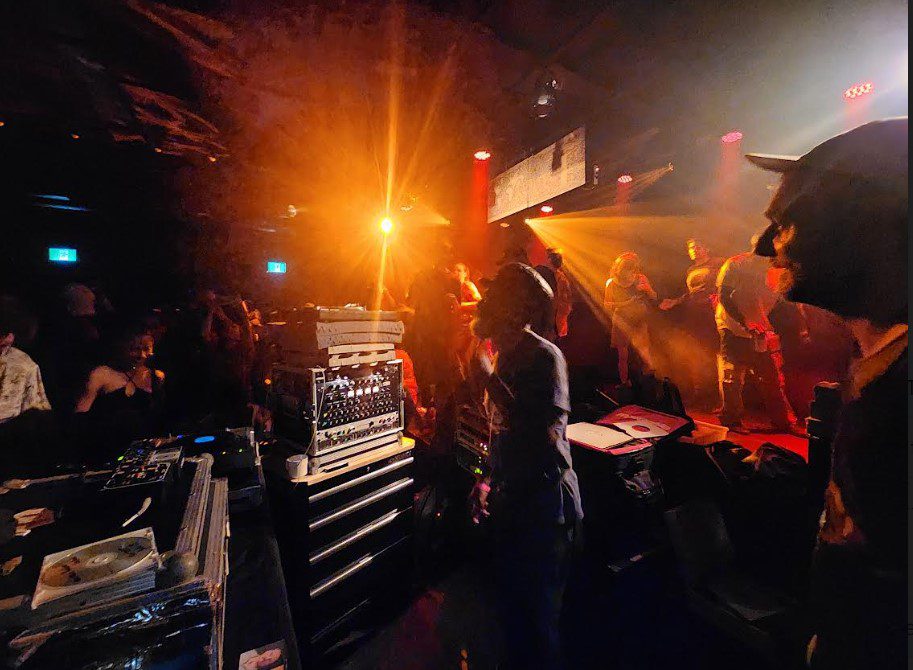
Montrealers Guillaume Alexandre and Pierre FX are absolute fans of the Jamaican sound system. They’ve built their speakers from local resources, unearthed rare collectibles, vinyl, reggae, dub, Caribbean and more, and teamed up with OGs from the Jamaican culture and community.
Over the years, events under the World Wild Sound System (WWSS) banner have grown in stature, to the point of attracting 66-year-old Jah Observer, a true sound system legend in the UK. He was also one of the founders of London’s Notting Hill Carnival, the world’s second-largest festival devoted to Jamaican culture.
By 10:30 PM, it was already packed and hot at Le Ministère. We’d come to dance to the roots of reggae, dub and toasters (ancestors of rap). Our hosts’ idea was to get the audience wiggling on the dance floor while enjoying these gems from the 60s and 70s, exceptionally released from their oysters.
It was a really cool evening, starting with almost two hours of warm-up before the arrival on stage of Jah Observer, who always works with the classic sound system paraphernalia: a turntable and a pre-amplifier. Jah Observer’s art consists of a constant interplay between what he plays on the turntable and his live microphone interventions. This alternation becomes increasingly fluid and infectious in front of us, in real time. In just a few minutes, we were all infected with the powerful virus of original reggae.
Alain Brunet
